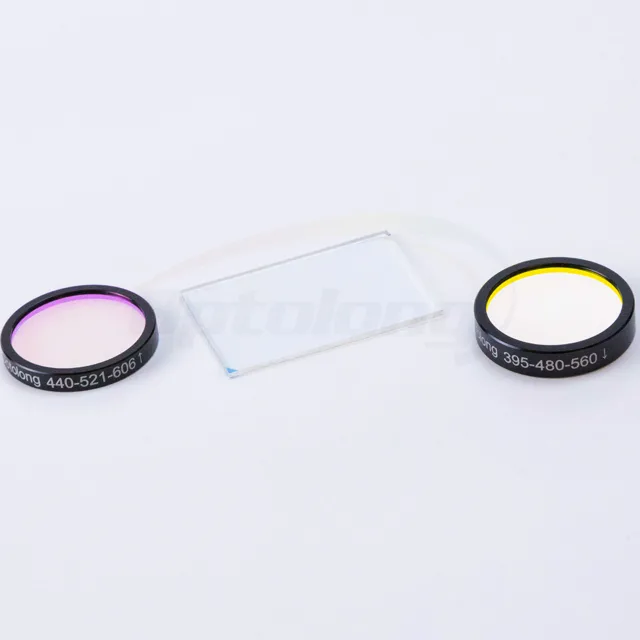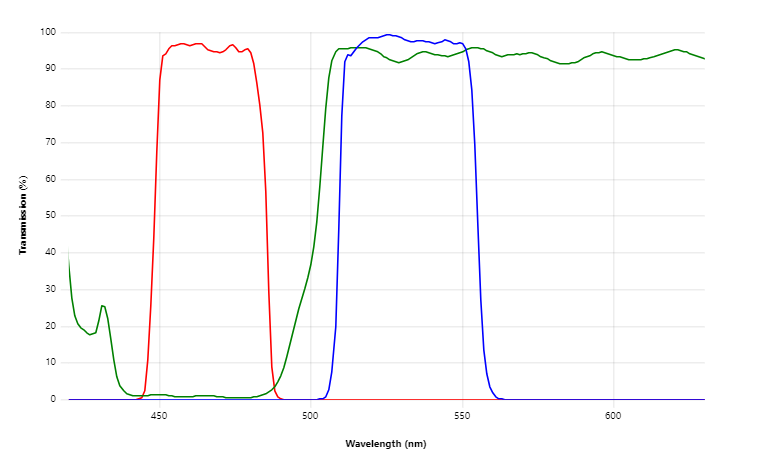Introduction
Selecting the appropriate fluorescent dye is essential for producing accurate and trustworthy data while doing apoptosis research. Alexa Fluor 488 and FITC (Fluorescein Isothiocyanate) are two extensively used dyes. The question “Is Alexa Fluor 488 or FITC good for apoptosis study?” is one that researchers frequently ask themselves. We will thoroughly examine both colours, contrast their characteristics, go over their uses, and assist you in making a decision in this detailed guide. Let’s start now!

Is Alexa Fluor 488 or FITC Good for Apoptosis Study?
We must consider a number of aspects, including Alexa Fluor 488 and FITC’s excitation and emission spectra, photostability, brightness, and compatibility with apoptosis markers, in order to decide whether they are appropriate for apoptosis research. Let’s look into each of these separately:
Excitation and Emission Spectra
With excitation wavelengths of about 495 nm, both FITC and Alexa Fluor 488 are green fluorescent compounds. The quantum yield and photostability of Alexa Fluor 488 are marginally higher than those of FITC. For use with delicate materials or time-lapse imaging, Alexa Fluor 488 is therefore more advantageous.
Photostability
Long-term imaging experiments require careful consideration of photostability. In terms of photostability, Alexa Fluor 488 performs better than FITC because it fades much less slowly over time when exposed to excitation light. Due to its ability to assure dependable and constant data collection, Alexa Fluor 488 is a great option for apoptosis research that call for prolonged imaging sessions.
Brightness
The signal-to-noise ratio in imaging is directly influenced by a fluorescent dye’s brightness. When compared to FITC, Alexa Fluor 488 exhibits more brightness, producing stronger and more distinct signals. Alexa Fluor 488 is more useful for apoptosis investigations where it is important to identify minute alterations.
Compatibility with Apoptosis Markers
The dye’s compatibility with apoptosis indicators like Annexin V and caspases is another crucial consideration. These markers can be successfully conjugated with FITC and Alexa Fluor 488 to detect apoptosis. Some apoptosis assays, though, could favour one colour over another. To obtain the best outcomes, always follow the exact regimen advised by the manufacturer.
Cellular Permeability
The selection of dye for apoptosis research can be influenced by cellular permeability. In general, Alexa Fluor 488 has great cellular permeability, making it simple to enter cells and bind to apoptotic markers. Contrarily, FITC may need extra processes or alterations for effective cellular uptake, which may have an impact on the results of experiments.
Alexa Fluor 488 and FITC Applications in Apoptosis Studies
Numerous apoptosis research use FITC and Alexa Fluor 488, respectively. Researchers will be able to choose the dye that best suits their individual experimental needs by understanding these uses. The following are some typical uses for each dye:
Alexa Fluor 488 Applications
Annexin V Staining: To identify early apoptotic cells, Annexin V is frequently coupled to Alexa Fluor 488. Phosphatidylserine, which moves from the inner to the outer leaflet of the plasma membrane during apoptosis, is highly affinitized by annexin V. Researchers can precisely visualise and quantify early apoptotic processes using Alexa Fluor 488-Annexin V.
Caspase Activity Assays: Caspases are essential for the execution of apoptosis. Real-time measurement of caspase activity is made possible by substrates that have been Alexa Fluor 488-labeled, giving important information on the apoptotic process.
Mitochondrial Membrane Potential Assays: Changes in the potential of the mitochondrial membrane signal early apoptosis. Using Alexa Fluor 488-based dyes, researchers can monitor these changes to determine the progression of apoptosis and the condition of the mitochondria.
FITC Applications
TUNEL Assays: DNA fragmentation, a sign of late-stage apoptosis, is detected by TUNEL tests, which use the terminal deoxynucleotidyl transferase dUTP nick-end labelling enzyme. The DNA fragments have FITC-labeled dUTP integrated into them, making it possible to see them under a fluorescence microscope.
Flow Cytometry: For apoptosis research using flow cytometry, FITC-conjugated antibodies are frequently employed. High-throughput investigations of apoptotic cell populations can be performed by labelling particular apoptotic markers with FITC.
In Vivo Studies: FITC is extensively used in animal investigations to detect and track tissue apoptosis. Its compatibility with a variety of imaging modalities makes it useful for studying apoptotic processes in vivo.

Frequently Asked Questions (FAQs)
Can I use both Alexa Fluor 488 and FITC together in a single apoptosis study?
Co-staining with FITC and Alexa Fluor 488 is possible and occasionally required for thorough apoptosis analysis. However, while performing flow cytometry or imaging investigations, researchers must carefully consider spectrum overlap and guarantee adequate correction.
Which dye is more cost-effective for apoptosis studies?
FITC is frequently less expensive than Alexa Fluor 488. However, the price difference may vary depending on the source and the specific application.
How can I choose between Alexa Fluor 488 and FITC for my apoptosis study?
The decision is based on the needs of your experiment. Alexa Fluor 488 is suggested if brightness and photostability are essential. FITC might be a great choice for regular applications and studies that are more cost-conscious.
Are there alternatives to Alexa Fluor 488 and FITC for apoptosis studies?
Yes, apoptosis studies can also use different fluorophores including Cy3, PE, and APC. Choose the fluorophore that is best for your particular investigation because each one has advantages and disadvantages.
Can I use Alexa Fluor 488 and FITC in live-cell imaging?
Yes, live-cell imaging is compatible with both dyes. Researchers must, however, take into account possible phototoxic effects and exercise caution when using time-lapse imaging.
Are there any toxicity concerns with Alexa Fluor 488 or FITC during apoptosis studies?
Neither dye normally displays noticeable toxicity at the advised concentrations. To guarantee that the dyes do not obstruct apoptotic processes, it is necessary to carry out appropriate controls.
Conclusion
In conclusion, Alexa Fluor 488 and FITC both have specific characteristics that make them useful tools for apoptosis research. While FITC is still affordable and adaptable, Alexa Fluor 488 excels in photostability and brightness. Before choosing, take into account your unique experimental requirements, spending limit, and imaging setup.
